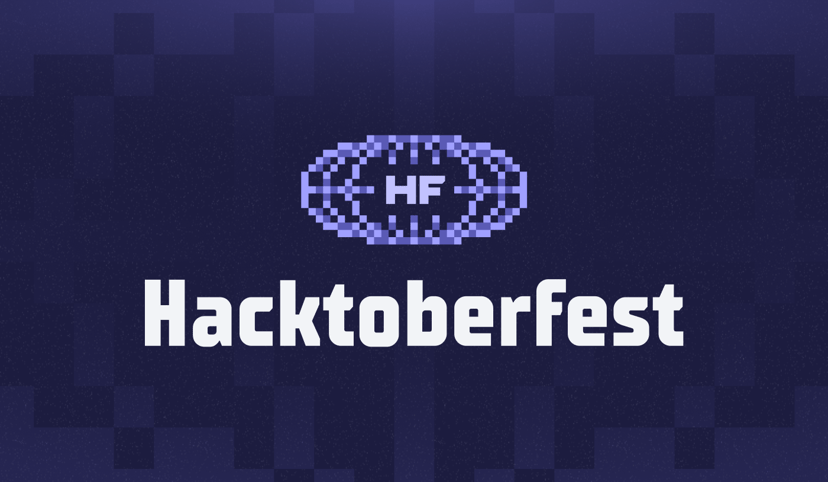Becoming a Technical Writer: The Paths 3 Engineers Took to their First Community Tutorial
By Community Team
- Published:
- 6 min read
Regular readers of DigitalOcean Community tutorials (like How To Secure Apache with Let’s Encrypt on Ubuntu 18.04 or How To Spin Up a Hadoop Cluster with DigitalOcean Droplets) may have noticed that beyond setup instructions, tutorials often contain insights, tips, and pain points surfaced from real-world production scenarios. This is because many of them are written by DevOps engineers, sysadmins, and software developers eager to share solutions and workarounds to problems faced while rolling out software and systems on the job.
Through tutorials, DigitalOcean writers contribute their in-the-trenches experience to the wider developer community, and in doing so solidify their own understanding of technical concepts. Some authors work full-time on the DigitalOcean Community writing team, while others contribute tutorials as part of the Write for DOnations program, which matches the author’s payout with a charitable donation to a tech-focused nonprofit. All Community contributors share a common spirit of “giving back” to readers through teaching, whether these readers are seasoned engineering managers, or students wading in the waters of setting up an Nginx server or Jupyter Notebook for the first time.
DigitalOcean tutorials can broadly be categorized as either conceptual or procedural. An Introduction to Kubernetes, for example, is more conceptual in nature, as the author provides the reader with an overview of a piece of software or DevOps concept and boils it down to a set of digestible core ideas. How To Set Up an Elasticsearch, Fluentd, and Kibana (EFK) Logging Stack on Kubernetes, on the other hand, is a procedural walkthrough to support a developer setting up their infrastructure. The tutorial brings the reader through the installation and configuration of one or several technologies step-by-step, often providing valuable insight and context along the way.
Becoming a Technical Writer
There is no “one” path to becoming a DigitalOcean tutorial writer. Mitchell Anicas, formerly a senior technical writer on the Community team, and now a senior software engineer on the Billing team, began his career as a systems administrator at the University of Hawaii. After relocating to New York, he leveraged his years of experience administering systems and automating their configuration and deployment to begin writing Linux and infrastructure tutorials full-time.
“While working as a sysadmin, many of the tutorials I referenced weren’t complete, or weren’t really that high quality. It was a lot of someone writing blog posts saying something like ‘this is how this worked for me,’” he says. “Since I had been on the other side, I had a lot of empathy for readers.” Although he’d never written a tutorial before, with the help of other Community writers (all tutorials are peer-edited and tech-tested by another member of the Community team), he began publishing articles like How To Install Elasticsearch, Logstash, and Kibana (ELK Stack) on Ubuntu 14.04 and 5 Common Server Setups For Your Web Application.
On the other hand, Erika Heidi, a software engineer and writer based out of Amsterdam, had always been a writer. “I’ve always enjoyed writing, since I was very young,” she says. “I figured out that I could use blogging as a platform for documenting technical things like setting up servers and fixing common Linux problems, both as a future reference for myself and also as a way to share what I was learning.”
As a Community author, she’s contributed many tutorials, ranging from the procedural How To Secure Apache with Let’s Encrypt on Ubuntu 16.04, to conceptual articles like What is High Availability and An Introduction to Configuration Management that draw from her extensive experience as a DevOps engineer. Like Mitchell, her technical experience endowed her with a keen sense for the problems her peers were facing and solutions she could provide to fill the gap.
Jeremy Morris followed a similar path to publishing his first DigitalOcean tutorial: “Throughout college as a computer science student, I would occasionally write blog posts about some of the things I learned at my internships, as a way of gaining a deeper understanding of the topics and sharing my knowledge with others,” he recalls. One of his professors, Lisa Tagliaferri, now managing the team of in-house Community writers at DigitalOcean, recommended he leverage his newly gained Python and Django experience and write a tutorial series on building a blog. This eventually led to him publishing Django tutorials like How To Install Django and Set Up a Development Environment on Ubuntu 16.04, How To Create a Django App and Connect it to a Database and How To Create Django Models, all topics he had become familiar with through his professional work.
Mitchell, Erika, and Jeremy all became writers at different stages of their careers in tech. Their common desire to help their peers through sharing hard-won solutions to challenging DevOps problems led them to publish their first DigitalOcean tutorials. While writing and educating others presented them with the need to develop distinct communication skills, they found that the challenge of describing solutions in a clear and accessible manner was well worth developing alongside their engineering experience.
Why Write?
Technical writing can be a powerful complement to engineering work, requiring the author to understand and process concepts at a deeper level than may be required to complete day-to-day tasks. Erika, in her drive to deeply understand the technologies she works with as a DevOps engineer, finds that writing tutorials helps her truly gain familiarity with new ideas: “There’s a lot of stuff in engineering I know how to do because I’ve done it multiple times before and it simply works, but if I had to explain how it works, I couldn’t,” she notes. “Writing helps me ‘untangle’ my thoughts, because I have to explain and organize those thoughts into logical steps.”
It can also be an incredibly rewarding pursuit. By publishing open-source tech tutorials, Erika feels that she is helping others who have similarly lent a hand throughout her learning path: “I believe the fulfillment comes from the feeling that I’m sharing something that might be useful for others. I’m searching for tutorials and how to do stuff all the time on the internet, and this is one way I can give back to the community.”
Mitchell shares this sense of being able to contribute his experience and knowledge through tutorials: “It’s cool to be able to help thousands of people through writing, especially writing tutorials for DigitalOcean, whose tutorials are respected and recognized by the developer community at large. I’ll be at a conference and run into someone and they’ll say something like ‘Oh yeah I used that tutorial of yours to set up an ELK stack, thanks so much!’”
Taking the Plunge and Diving into the Technical Writing
So how do you get started writing your first DevOps, software development, or systems tutorial? By jumping into the deep end, of course! Through the Write for DOnations program you can submit a short writing sample (for inspiration, take a look at this list of suggested topics) and work with our Community editors to have your article edited, tech-tested, proofread, and guided to publication. In addition, you’ll be paid for your work, and DigitalOcean will match your payout with a donation to a tech-focused charity of your choice. To date, DigitalOcean has donated over $13,000 through external-author submissions and the Write for DOnations program!
In addition, the Community team frequently has openings for new writers, editors, and developer advocates to educate, curate, and produce some of the highest quality software-focused tutorials on the web. If you’re a DevOps or software engineer and have some experience writing documentation or other content, consult our Careers page for an up-to-date list of open full-time Community positions.
Although he may have been referring to something other than the pains of backing up and replicating a large distributed MySQL database, let Hemingway’s words guide you as you set sail on your technical writing voyage: “write hard and clear about what hurts.”
About the author
Related Articles

Powered by DigitalOcean Hatch: How Ex-human uses GPU Droplets to Build Empathetic AI that Serves Customers
- November 21, 2025
- 3 min read

Hacktoberfest 2025 Comes to a Close
- November 21, 2025
- 4 min read

Hacktoberfest 2025: How to Participate
- September 29, 2025
- 3 min read